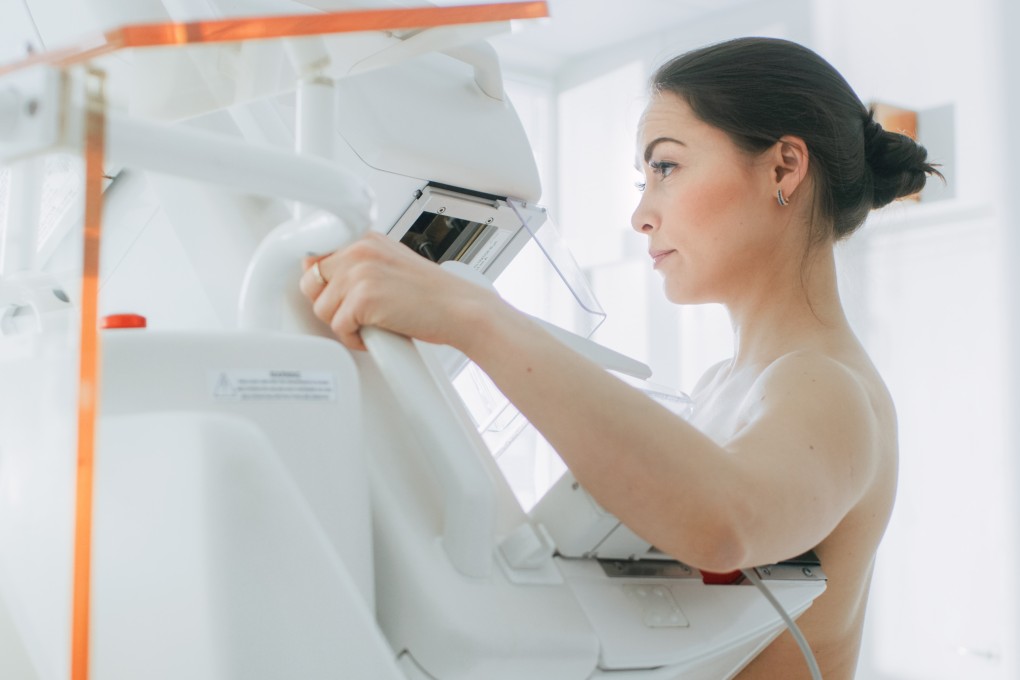How AI software is helping spot breast cancer, especially early stage cancer, to save more lives by hastening treatment – doctors explain its value, and potential
- Artificial intelligence can find patterns in mammograms that humans are not able to spot and thereby catch early stage breast cancer, Hong Kong radiologist says
- For all the promise of AI, doctors remain cautious and say human expertise is still needed to ensure the most accurate diagnoses and successful outcomes

Every day in Hong Kong, an average of 15 women are diagnosed with breast cancer – the most common cancer affecting women in the city, and the third leading cause of cancer deaths among them. It accounted for 28.5 per cent of all new cancer cases among women in the city in 2021.
Worldwide, breast cancer is the most frequently diagnosed cancer and the leading cause of cancer death in females: an estimated 2.3 million women were diagnosed with breast cancer in 2020 and around 685,000 died from the disease that same year.
Discovered in its early stages, however, breast cancer is highly treatable.
The key to early detection of breast cancer since the 1980s has been mammography screening. Differences in radiologists’ diagnostic accuracy often leads to unnecessary return visits, or worse, missed cancer. There is also a shortage of breast radiologists worldwide. Artificial intelligence (AI) has the potential to overcome these challenges.

Numerous studies have shown that AI may perform as well as, or better than, humans in tasks such as detecting malignant tumours in medical imaging, and triaging cases – the process of assigning priority to patients according to the urgency of their need for treatment.
In Hong Kong, the Hospital Authority has already implemented AI to help triage and detect abnormal findings in chest X-rays.